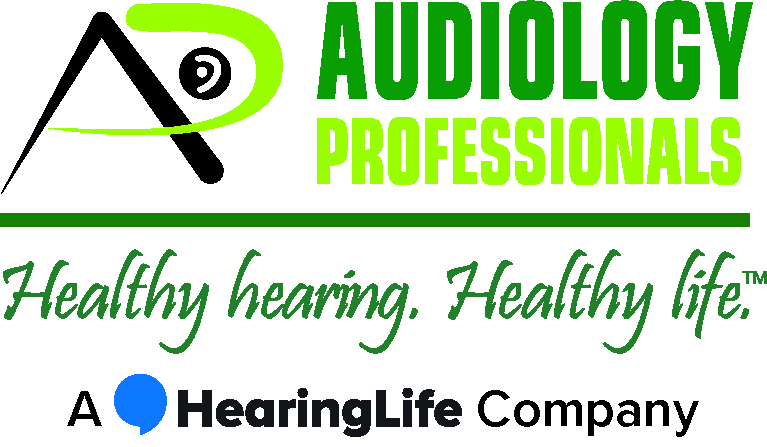The Internet of Things (IoT) is revolutionizing hearing solutions for individuals with hearing loss. IoT-enabled hearing aids can connect to various devices and systems, providing seamless integration with various parts of your life.
By connecting hearing aids to a network of devices and systems, IoT-enabled hearing solutions offer unprecedented levels of customization, convenience, and functionality. This connectivity not only improves the user experience but also empowers individuals to engage more effectively in various environments, including the workplace.
4 Ways the Internet of Things (IoT) is Innovating Hearing Solutions
It’s fair to say that the IoT is pushing innovation in hearing solutions. Here are four ways how:
Seamless Connectivity and Integration
IoT-enabled hearing aids can connect to a range of devices, such as smartphones, computers, and televisions, allowing for direct audio streaming. This seamless integration means that users can effortlessly connect to conference calls, virtual meetings, and other digital communication platforms used in modern workplaces.
For instance, Bluetooth-enabled hearing aids can stream audio directly from a laptop during a Zoom meeting, ensuring that the user can hear clearly without background noise interference. This direct connection helps bridge the communication gap, allowing employees with hearing loss to participate fully in professional settings and improving overall productivity.
Real-Time Environmental Adaptation
One of the significant innovations brought by IoT in hearing solutions is the ability of hearing aids to adapt in real-time to changing environmental conditions. Advanced sensors in IoT hearing aids like the Oticon Intent can monitor ambient sound levels and automatically adjust settings for optimal hearing.
For example, if an individual moves from a quiet office to a noisy cafeteria, the Oticon Intent hearing aids can increase noise cancellation and enhance speech clarity without manual intervention. This feature is particularly beneficial in dynamic work environments, ensuring that employees with hearing loss can maintain clear communication and focus, irrespective of the surrounding noise levels. It’s truly a personalized hearing experience.
Data-Driven Personalization
IoT technology enables hearing aids to collect data on the user’s listening habits and environments. This data can be analyzed to provide insights into how the hearing aids are used and how they can be further optimized for better performance. Personalized hearing profiles can be created based on this analysis, allowing the hearing aids to automatically switch to the most appropriate settings depending on the time of day or specific activities.
For instance, a hearing aid can learn that a user prefers different settings for meetings compared to when they are working alone at their desk, thereby switching modes automatically to enhance user comfort and efficiency.
Remote Monitoring and Adjustments
IoT-enabled hearing aids also offer the convenience of remote monitoring and adjustments by hearing care professionals. Through connected apps and cloud-based platforms, hearing specialists can access the hearing aids’ settings and performance data, making it possible to fine-tune and update configurations without requiring a physical visit to the clinic.
This remote care capability is invaluable for maintaining optimal device performance and addressing any issues promptly, ensuring that users always have the best possible hearing experience.
Contact Us Today!
If you have further questions about your hearing, our hearing specialists would be happy to help. Contact the Audiology Professionals team by calling (541) 228-9233. Alternatively, click here to contact us online.

